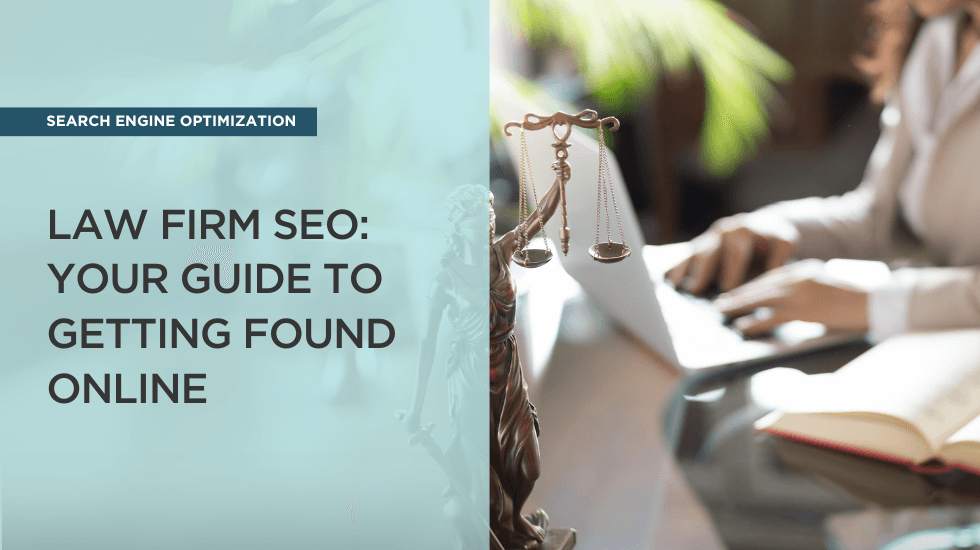Here’s an experiment.
Let’s say you’re on your lunch break, and you’re scrolling through a curated list of articles about management.
Which of these headlines are you most likely to click on?
A. The One Easy Trick to Running a Business
B. Business Leadership and Management
C. How to Build a Team You Can Depend On
Think about it. We’ll give you a minute. ¯\_(ツ)_/¯
And when you’re done, we’ll do you one better than tell you the answer—we’ll use these examples to explain four golden rules that can help you write better headlines (and increase click-through rates) on your own.
Rule #1: Avoid cliché
Consider option A, “The One Easy Trick to Running a Business.”
We think that this is a pretty terrible headline, to be honest. You’ve probably heard this type of writing referred to as clickbait, theoretically because one just can’t resist clicking on it.
After all, if there were one simple trick that made running a business easy, you’d want to know.
The problem with this structure is that it has become a cliché—a phrase so familiar to us that it has effectively lost its meaning.
Headlines engage us by provoking curiosity, which happens when we encounter something unfamiliar. The irony of the clickbait headline is that most of these structures (“This Common Household Product Might Be Killing You,” “Area Cardiologist Says Do This Now”) were designed to be surprising, and originally, they probably were.
The issue is that repetition has turned these “shocking” headlines into recognizable clichés. Instead of feeling unique and engaging, they’re expected and dull.
Rule #2: Don’t promise what you can’t deliver
Unfortunately for option A, our clickbait headline has managed to violate not one, but two of our major guidelines for writing headlines. That is, that while it’s absolutely a good idea to tease the value of your article in the headline, you should never promise to do something you can’t do.
The writer of “The One Easy Trick to Running a Business” is aiming for shock value but has overshot the target considerably—from the thought-provoking to the flatly ludicrous.
Write a headline like this, and your reader will either judge outright that your headline is absolute baloney and not read the article, or, perhaps even worse, they will read the article, and, when “the one weird trick” you promised fails to impress, your reader will feel cheated—not the impression you are hoping to make with your brand. (Hint: the same is true of CTAs.)
Rule #3: Indicate specific value
So if headline A violates two rules at once, what do we make of headline B, “Business Leadership and Management?”
This phrase isn’t quite specific enough to be cliché, and it doesn’t promise something it can’t deliver—in fact, it doesn’t promise much of anything at all.
The problem with this headline is that in the absence of any unique promise, it doesn’t give the reader any reason to click on it.
A good headline should tell the reader why they should read the piece that follows. It should make explicitly and uniquely clear what value will be gained from the work.
“Business Leadership and Management” is a general subject about which many valuable pieces of content could, in theory, be written. This headline could effectively be revised in a number of directions. We might suggest “Management Tips for Remote Legal Practices” or “Build Your Book of Business Using Humor.”
Both of these titles promise to deliver specific value to the reader and avoid using overly familiar construction or making promises they can’t fulfill.
Rule #4: Get them where it hurts
So far, we’ve learned to avoid cliché, to indicate specific value, and to make sure any promises offered by the headline are fulfilled by the content that follows.
If rules one through three get us to basically functional, non-offensive headlines, the question that remains is what makes a headline truly great.
The answer is that an excellent headline goes beyond the quotidian and makes a connection between the real, actionable advice offered by the headline and something with deeper, emotional importance to the reader.
In marketing terms, this often means accessing something referred to as a “pain point,” a problem experienced by your customer or reader stated in terms of a fundamental human desire or need.
In other words, if you are writing an article about how to bake a cake, you should consider at all points in this process why your reader might be interested in baking a cake.
On the surface, making cakes are about eating cakes (yum). Go one level deeper, and you find that this act could be about showing devotion to and appreciation for a loved one, making memories with family, or even impressing a snooty neighbor with your mastery of the domestic arts.
Pursued further, all of these desires will connect back to even more basic, Maslow-hierarchy-of-needs-type impulses: humans want to feel safe, loved, and valued—to experience a sense of belonging and stability and to know that our efforts are both worthwhile and seen.
You’ve probably witnessed clumsy attempts at writing headlines that make this connection: “Make a Cake Your Kids Will Love” is still a little general and bland, while “These Five Excel Tricks Will Help You Sleep at Night” overstates the case a bit. Messy spreadsheets might be annoying, but they are unlikely to truly rank on the list of midnight terrors.
“Build a Team You Can Depend On” is a perfect example of how to use pain points well because it accesses the desire to feel stable, secure, and embedded in a community without giving in to hyperbole (“Build a Team that Will Make You a Millionaire” or “Build a Strong Team So You Won’t Be Miserable”).
Authenticity and relevance
Generally speaking, headlines shouldn’t lie. Considered this way, they become easier to write.
Your approach shouldn’t be to first write a piece and then ask yourself “What could I call this that would cause somebody to click on it?” At FocusWorks, we believe that every word you write should be motivated by an understanding of your readers’ needs and a desire to meet them.
A truly excellent headline makes an authentic connection between a deep human need and the information offered in the piece—and an excellent article delivers on that promise.
So what about “Write Better Headlines?”
Here’s one final tip: Accessing a pain point doesn’t always mean writing a long headline. We know that writers aim for excellence, so offering to help make their work stronger addresses their need to feel competent and valuable—no additional explanation needed.
And how do we know? Because pursuing excellence is what our team is all about. After all, that’s what makes our work fun.
Questions about headlines, about writing excellent pieces, or about how content should inform your larger marketing strategy? Get in touch! We’re here to help.



